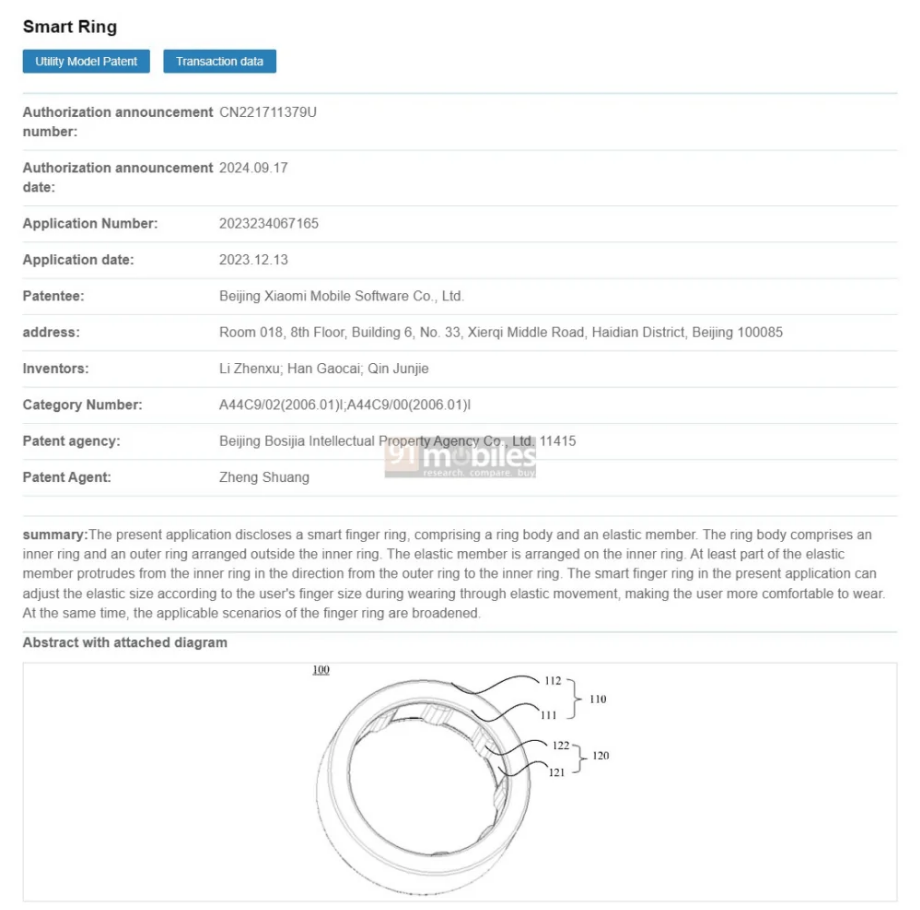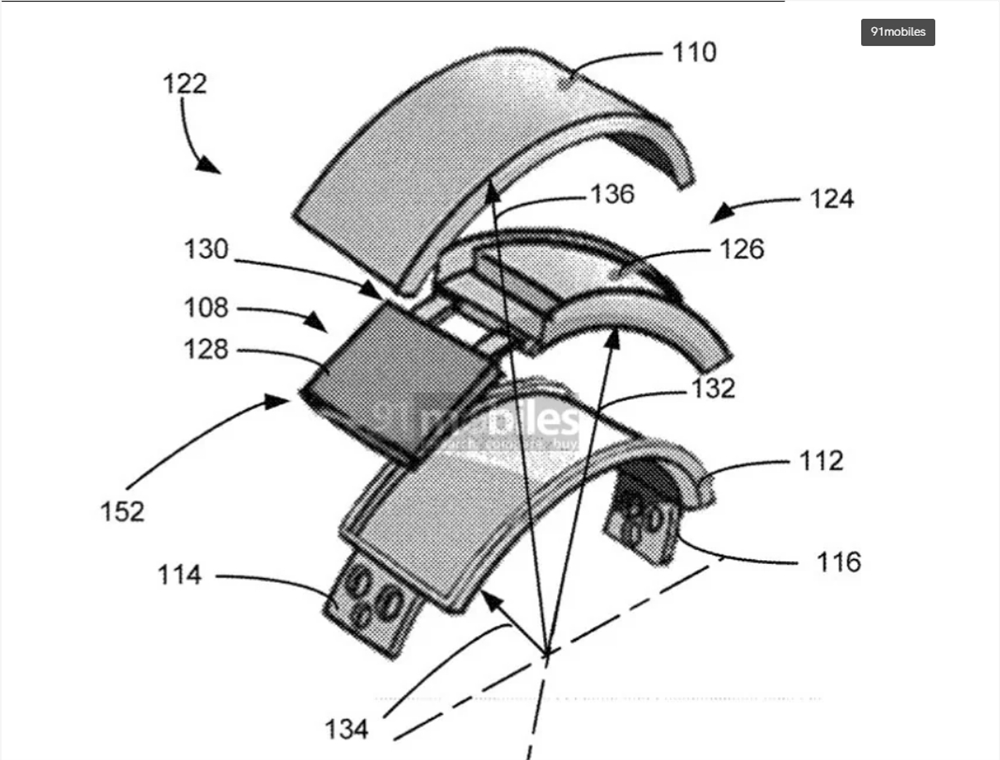Xiaomi recently submitted a smart ring patent that aims to solve the problem of smart ring size limitations. This innovative design uses an "elastic element" combined with a spring mechanism to allow the ring to automatically adjust to the size of the finger, thereby improving wearing comfort and allowing users to move it between different fingers or even share it with others. This technological breakthrough is expected to completely change the limitations of traditional smart rings in size selection, providing users with a more convenient and comfortable wearing experience.
Recently, the smart ring market has ushered in new changes. A patent submitted by Xiaomi to the China National Intellectual Property Administration (CNIPA) demonstrates a novel design concept that can effectively solve the problem of ring size. According to 91mobiles, Xiaomi’s design uses an “elastic element” combined with a spring mechanism to allow the ring to dynamically adjust its size according to the size of the finger.

The design in this patent allows the smart ring to automatically adapt to different finger sizes, allowing users to not only wear it on different fingers, but even share it with friends or family. In addition, Xiaomi's design also takes into account factors such as finger swelling and weight fluctuations, further improving the wearing comfort. This technological breakthrough may overturn the bottleneck of traditional smart rings in terms of size.
In addition to the size adjustment function, Xiaomi's patent also shows the smart ring's multiple connection options, such as WiFi, 2G, 3G, 4G LTE, 5G NR, NFC and UWB, etc., allowing the ring to not only provide health tracking functions, but also have Intelligent capabilities to interact with other devices. The touch screen, microphone and speakers mentioned in the patent also provide more possibilities for the intelligent application of this device.

It is worth noting that Xiaomi is not the only company working on developing self-adjusting smart rings. Oura has also applied for a similar patent. Although it uses a different technical mechanism, it also aims to solve the problem of ring size.
Self-adjusting smart rings can take the guesswork out of purchasing, especially since most brands on the market currently don’t offer half-size options. Many customers are often forced to choose slightly larger sizes in order to be comfortable to wear, and this situation may be changed in the future through technological innovation.
Although the patented technology may not be fully transformed into actual products, as the smart ring market continues to expand and demand increases, technology that breaks through size limitations will undoubtedly become the key to future development. Whether it is Xiaomi or other brands, whoever can take the lead in launching a smart ring that truly solves the size problem will likely occupy a leading position in this emerging market.
Xiaomi’s patented technology indicates that the smart ring market is about to usher in new development opportunities. In the future, more comfortable and smarter smart ring products are expected to enter thousands of households.